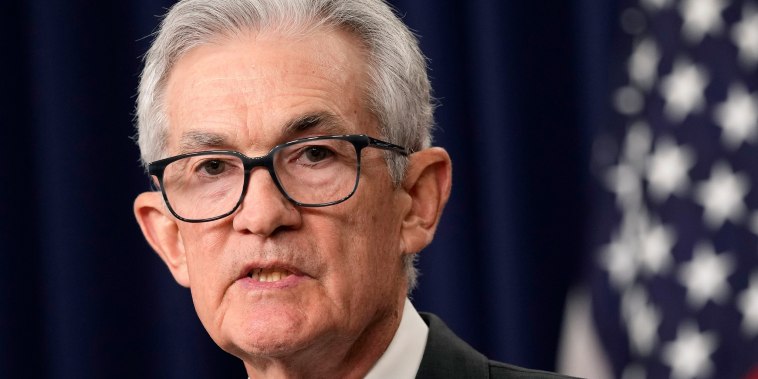The Federal Reserve’s decision to maintain higher interest rates for an extended period is a topic that has stirred various debates among economists and financial analysts. While some may view this as a cautious approach that could help prevent overheating in the economy, others argue that it may hinder growth and dampen investment. However, taking a closer look at the potential benefits of keeping rates higher for longer reveals several reasons why this strategy may not be such a bad thing.
1. **Inflation Control**: One of the primary reasons the Fed may opt for higher interest rates is to control inflation. By making borrowing more expensive, the central bank can effectively curb excessive spending and price increases. This approach is crucial for maintaining stability in the economy and preventing runaway inflation, which can erode the purchasing power of consumers and lead to economic instability.
2. **Strengthening the Dollar**: Higher interest rates tend to attract foreign investors seeking higher returns on their investments. This influx of capital can strengthen the US dollar, making imports cheaper and exports more expensive. While a stronger dollar may temporarily dampen export growth, it can also help stabilize the economy by reducing trade imbalances and enhancing the country’s financial position in the global market.
3. **Encouraging Savings**: When interest rates are higher, consumers are incentivized to save rather than spend. This shift towards saving can help individuals build financial security and contribute to long-term economic stability. Additionally, higher savings rates can provide banks with more capital to lend, supporting investment and growth in the economy.
4. **Asset Price Stability**: Low-interest rates can lead to asset price bubbles, as investors chase higher returns in risky investments such as stocks and real estate. By keeping rates higher for longer, the Fed can prevent speculative bubbles from forming, reducing the risk of a market crash and financial instability. This measured approach also promotes more sustainable growth in asset prices, ensuring a healthier financial environment for investors and businesses.
5. **Preventing Debt Build-up**: Cheap credit can encourage excessive borrowing and lead to the accumulation of unsustainable levels of debt. By maintaining higher interest rates, the Fed can discourage reckless borrowing practices and promote responsible financial behavior among individuals and businesses. This can help prevent debt crises and ensure the overall stability of the financial system.
In conclusion, while the Fed’s decision to keep rates higher for longer may face criticism from some quarters, there are compelling reasons why this strategy could benefit the economy in the long run. By focusing on controlling inflation, strengthening the dollar, encouraging savings, maintaining asset price stability, and preventing excessive debt build-up, the central bank can help foster a more resilient and sustainable economic environment. Ultimately, a balanced and cautious monetary policy can contribute to long-term prosperity and stability for the economy and its participants.
